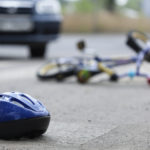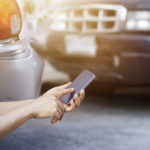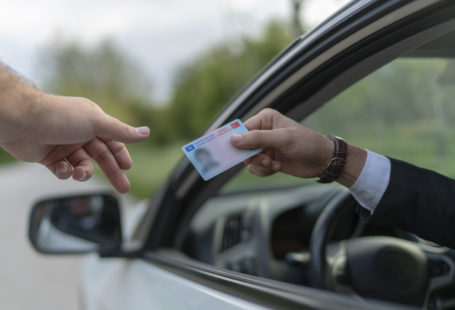Self-driving cars are becoming increasingly popular across the country. While these autonomous vehicles can help to make driving safer, they are still a work in progress. As a result, accidents involving self-driving cars are not uncommon. In California, alone, there have been 34 reported self-driving car accidents since 2014.
Since self-driving cars involve many moving parts, determining liability after a self-driving car accident can be difficult. As a result, determining liability will require a thorough investigation of the specific facts and circumstances of each individual accident.
Drivers Behind the Wheel of Self-Driving Cars
Most self-driving cars aren’t actually fully autonomous. In fact, most of the self-driving cars on the market today require a great deal of input from the car’s human driver. Even if a self-driving car is almost entirely autonomous, drivers behind the wheel still assume a duty of care.
This duty requires that the driver makes sure that the car operates safely, obeys posted traffic laws, and is not driven in a way that puts others in harm’s way. Even though a car may be operating on its own, drivers still have an obligation to remain alert and step in if things go wrong. Many drivers may think that they can kick back and relax when their car is automatically transporting them to their destination. However, drivers can still be considered negligent if they operate a self-driving car while:
- Under the influence of drugs or alcohol
- Distracted (e.g., texting, eating, drinking, applying makeup, having a conversation with passengers)
- Fatigued, or
- Otherwise unable to ensure the vehicle can navigate safely.
Drivers who breach their duty of care and cause harm could potentially be held financially responsible for damages.
Self-Driving Car Manufacturers
Self-driving cars, or cars touting certain automated features, are becoming all the rage. Cars can now parallel park, brake, slow down, accelerate, and even change lanes with little-to-no input from the vehicle’s human driver. The companies that design, manufacture, and sell these self-driving cars have a legal obligation to make sure that they can be navigated on our roads safely. If features are intended to work without (much) human input, they better work well.
If it turns out that the car is defective, or if the company failed to disclose a known danger, they can be held financially responsible for any harm that results from an accident. Companies, fearing liability for accidents and injuries, are encouraged to thoroughly test their vehicles before they are sold to the general public. While this can be expensive, it can also save lives. Thorough testing can help the companies to identify problems with the autonomous vehicles and fix them before they’re regularly driven on American roads.
There are three primary ways a company can be liable for self-driving car accidents. Those include injuries resulting from design defects, manufacturing defects, or failure to warn.
Design Defects: Self-driving cars are all about design and artificial intelligence. If there is an inherent flaw in a car’s design, the company that put the car on the road can be held strictly liable for damages that result.
Manufacturing Defects: Sometimes the car’s design will be perfect, but the car will be built in a way that deviates from its blueprint. Manufacturing defects can exist if a company:
- Uses the wrong materials
- Fail to connect certain wires, or
- Fail to include an essential component during the manufacturing process.
Companies can also be held strictly liable for injuries that are the result of a manufacturing defect.
Failure to Warn: The best way for companies to protect themselves from liability is to warn consumers about every possible danger associated with the self-driving vehicle. Warnings help to familiarize consumers with their new autonomous vehicles and allow them to step in if things go sideways. If drivers know what could go wrong with the car, they may be more alert and able to prevent accidents.
Get Help Today
It can be hard enough to determine liability in a traditional Los Angeles car accident. Things get more complicated when one of the vehicles in the crash was a fully or partially autonomous vehicle. However, it is always best to look at two parties: the driver behind the wheel of the self-driving car and the car’s manufacturer. While others may also be responsible, most of the blame will likely fall on the shoulders of one or both of these parties.
If you’ve recently been injured in an accident involving a self-driving car, you may be entitled to compensation. Contact an experienced Los Angeles personal injury attorney to learn about your legal options today.





